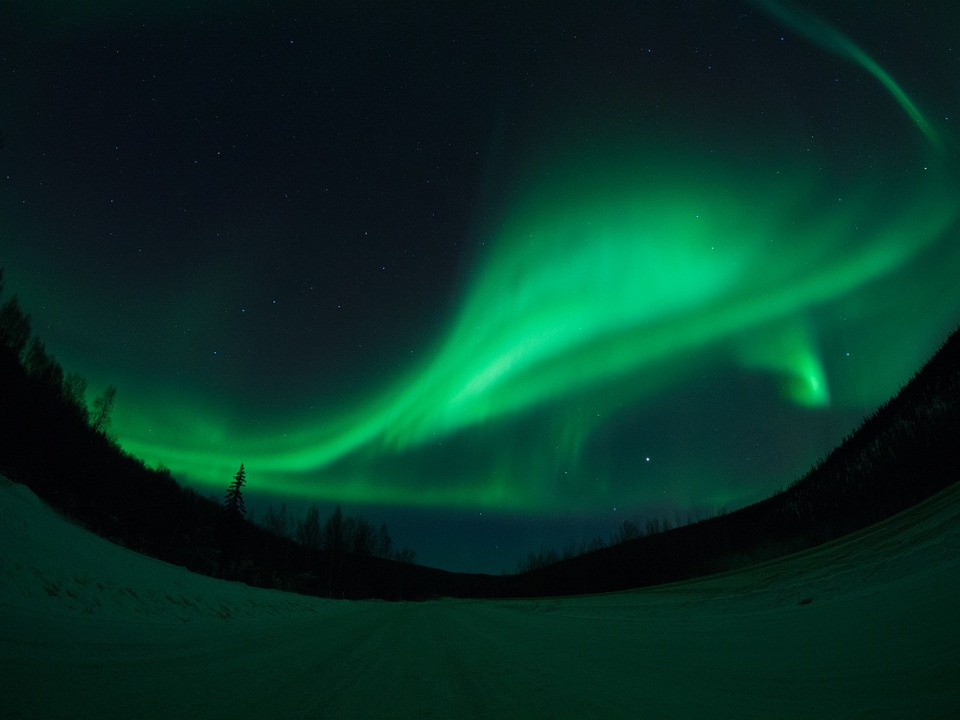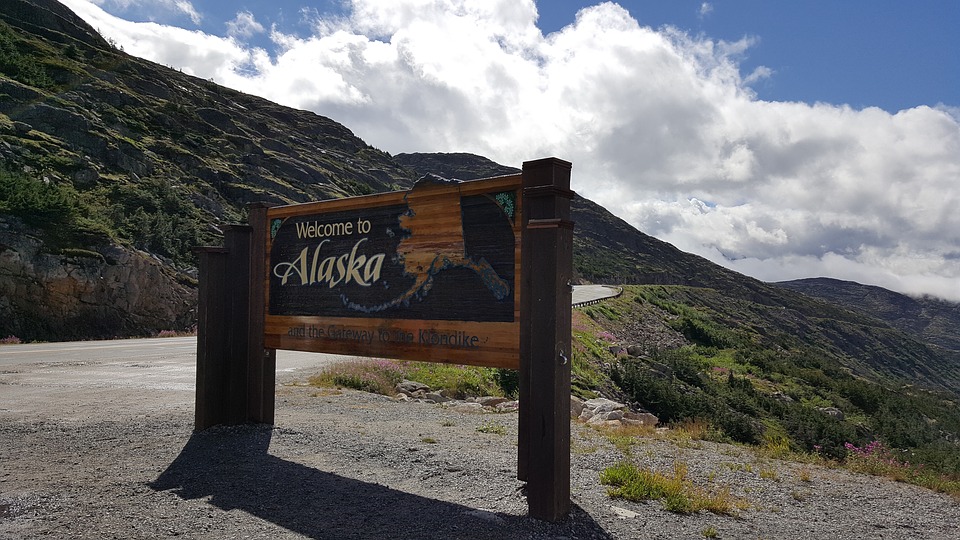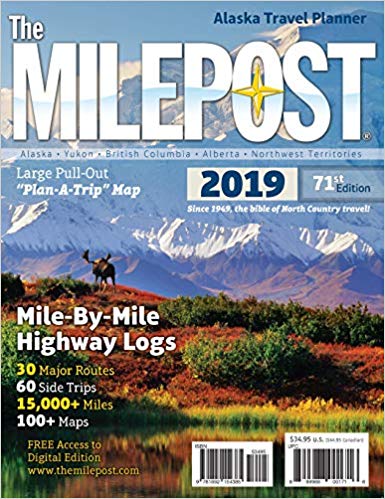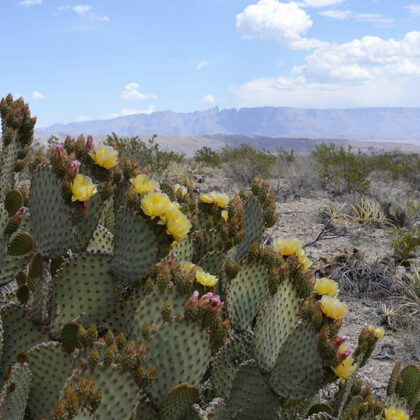Thank you to Outdoorsy for being this week’s guest blog!
Check out this information from www.outdoorsy.com and start planning today!
If you were to ask any RVer in North America where their ultimate RV adventure would take them, Alaska would come up far more often than not. Alaska is the quintessential RV destination for many RVers not only because of its remote location, but because of its stunning landscape and sense of adventure.
RVs allow you to visit those remote areas while still living in relative luxury. Getting there and back is a long journey, which for many means having to work while planning and making the trip. Let’s take a look at some ways to accomplish that.

To start planning a working RV trip to Alaska, you must decide two things. Where in Alaska you would like to go, and how you would like to get there and back. Alaska is a massive state, most of which is pure wilderness. In order to maintain communications while working, you will likely want to stay in or near more populated areas.
The major cities are Juneau, Anchorage and Fairbanks. Of those, Anchorage is the largest population center with several small towns in the surrounding areas. It is also the gateway to the Kenai Peninsula and Kodiak Island. Fairbanks is closest to Denali National Park and will provide the fastest access to very remote locations for day trips.

There are two primary routes to get there and back. Both routes involve some use of the The Alaska Highway which runs from Dawson Creek, BC to its official end in Delta Junction, AK although it does continue on to Fairbanks, AK.
The most common route from the lower 48 is up US 15 from Montana into Canada. This route runs primarily on the eastern side of the Rocky Mountains and is a great way for RVs to travel. It is also extremely well documented and takes you through Calgary and many populated areas before reaching the start of the Alaska Highway.
The other route runs from Seattle, north into Canada and follows primarily west of the Cascades and Rocky Mountains. It connects to the Alaskan Highway near Watson Lake, YT. Most of this is through very remote areas with limited services to support working on the road.

There are many great resources for planning this trip. One of the best resources is The Milepost. This is a book detailing the major routes to Alaska as well as many side trips. It has over 100 maps and covers over 15,000 miles of highways in the northwest region.
The big feature in this book is the level of detail it provides. Points of interest are all located by the nearest highway milepost which will allow you to plan your trip with very fine detail if you choose to. This information can be very valuable in determining where cell signals and the services you will need for work will be available. The book is available at major book retailers and Amazon.com. There is a corresponding website as well. It can be located at milepost.com.

If you are traveling to or from the lower 48 states, you will have to enter Canada with your RV. Doing this should not be an issue provided you follow the rules. Getting information on those rules is pretty straightforward. The US State Department website (travel.state.gov) covers all the official details for traveling to and from Canada for US citizens. The corresponding Canadian site is travel.gc.ca. This site will have details on rules governing entering Canada with firearms, pets and other things.
One of the biggest challenges you face will be how to communicate in the vast remote areas you are likely to encounter. To minimize that issue, plan on staying in the more populated areas.
These areas will give you access to cell and internet services, as well as connections to major shipping providers like the USPS, FedEX and UPS should you need to ship physical items. There are also major airports in each of these cities should your work require you to leave in a hurry. They can also provide a base camp from which to explore out into the more remote areas without getting too far from civilization. Fairbanks for example is only 2 hours from the Denali National Park. The Anchorage area is also well covered by modern services with many great locations to visit within a couple hour’s drive.

If you can work without outside communications for known time periods, say for a couple days, then plan some back country adventures around those times. If need be, maintain a campsite in a populated area that you can return to and boon dock in the back country while you are away.
Planning an RV road trip to Alaska while you are working can be very challenging. The amount of remote areas within Alaska and along the major routes to get there can lead to isolation between you and your job. With proper planning and good resources any disruptions can be minimized, allowing for a productive, relaxing and unforgettable experience.

Thanks for reading the Gone Workamping blog from Workamper News. Join Workamper.com today to see all the new job opportunities for RVers, as well as the training and resources to confidently find the right Workamping job for you – easily and securely.






